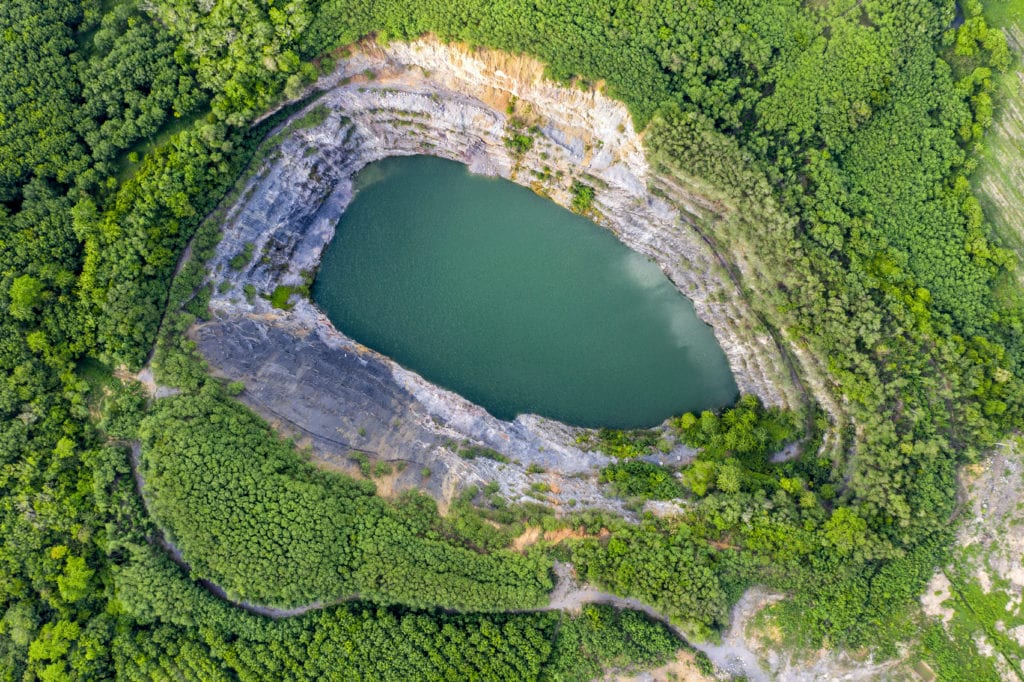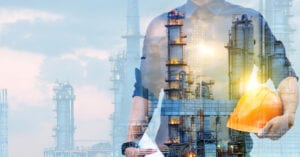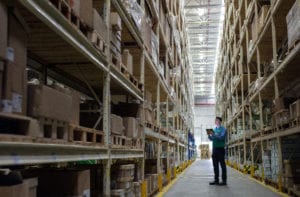Mining, Minerals and Metals are energy-intensive industries whose products serve as the basic building blocks of our modern society. Copper, aluminum, lithium, and rare earth elements, for instance, are all essential to our computers, smartphones, solar panels, wind farms, and electric vehicle batteries. These elements have no substitutes. Steel and cement are also critical materials, with no viable alternatives, that enable the construction of buildings and transportation infrastructure across the globe. Concrete is the second most widely used material globally, with water as the first.
Over the last several decades, resource industry organizations have voiced their intentions for improving the sustainability of their energy-intensive operations. But, until recently, it has not been possible to economically translate these objectives into tangible actions that result in significant reductions in greenhouse gas (GHG) emissions. Breakthroughs have occurred in large part thanks to a convergence of investor interest, public and customer concern over global warming, regulatory actions, and technological innovation.
This blog is part one of a two-part series that highlights specific sustainability actions that have taken place across three global organizations. Schneider Electric, who sponsored a recent sustainability webinar featuring a panel of experts from these three organizations, supports their carbon emissions reduction efforts by providing both digital transformation and energy management solutions that lower energy costs while reducing power consumption-related emissions.
More Sustainable Operations is the New Normal
A global mining company, the world’s second largest metals and mining corporation ($40 Billion US in annual revenue), has a unified group purpose, “We produce materials essential to human progress.” This global mining company decided to exit the coal business a few years ago, and today is also the first organization to bring sustainable aluminum to the world.
Although aluminum is a light, durable and infinitely recyclable material, the traditional aluminum production process has required carbon-based materials, which contribute to GHG emissions. However, an innovative new electrolytic process now enables sustainable aluminum smelting, which generates oxygen as a by-product.
This breakthrough is a result of a collaborative effort involving multiple global stakeholders. Technology giant Apple has helped facilitate the collaboration between Alcoa and a global mining company to enable their joint venture ELYSIS, and, in addition to investing $13 million (CAD), Apple has agreed to provide ELYSIS initiatives with technical support. Apple uses aluminum housings for many of its electronics, including iPhones, Apple Watches, and Mac computers.
The Canadian federal and Quebec provincial governments, through the participation of Investissement Quebec, have also decided to support and be part of this revolution, each investing $60 million (CAD) in ELYSIS- related projects.
Sustainability Success Requires Supply Chain Collaboration
This global mining company’s sustainable aluminum products are now being used as a means of green financing (a financing mechanism used to increase the level of sustainability development-related financial flows from banking, micro-credit, insurance, and investment firms to the public, private and not-for-profit sectors) by end users and traders and are helping to reduce both supply chain and end user carbon footprints.
In addition to cracking the code on sustainable aluminum, Global mining company’s Kennecott copper mine in Utah was recently transformed into an operation fueled by 100% renewable energy.
By 2030, the company is committed to reducing its emissions intensity by 30% on top of the 28% that has already been reduced since 2008. Over the next five years, the company has earmarked over one billion dollars to be allocated only for climate change prevention projects.
According to Paramita Das, General Manager Global Marketing and Development at this global mining company, “It’s not just about our company developing sustainable best practices in isolation. What is most critical is the sustainability work we perform in collaboration with both our customers and our supply chain. If we work in a vacuum, but we don’t take the fruits of our labor to the supply chain, then the work we perform doesn’t matter all that much. It matters when it improves the supply chain of our end users.”
To learn more about how Mining, Minerals, and Metals companies can accelerate their carbon emissions reductions, download the new Schneider Electric e-guide “Five innovative approaches to resource sustainability.”



